Imagine a garden that works with nature instead of against it, requiring less maintenance while producing abundant food, healthier soil, and a thriving ecosystem. That’s the essence of permaculture design—a holistic approach to gardening that mimics natural ecosystems to create sustainable, self-sufficient landscapes.
By integrating techniques like companion planting, rainwater harvesting, food forests, and soil regeneration, permaculture gardens become low-maintenance, resilient, and productive year after year. Whether you have a small backyard or a larger homestead, applying permaculture principles can help you conserve resources, reduce waste, and grow food more efficiently.
Explore how permaculture design can transform your garden into a sustainable paradise that thrives with minimal effort!
Zones and Sectors
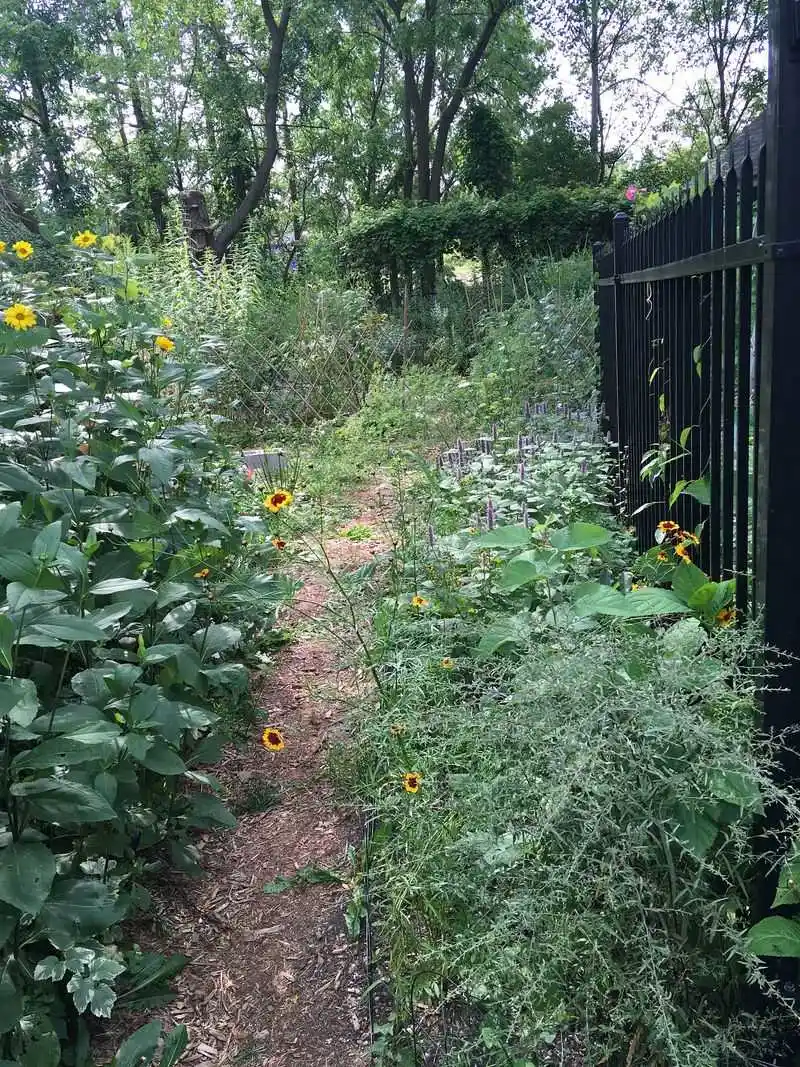
Strategically organizing your garden into zones can enhance efficiency and harmony. Each zone, from the house outward, serves different purposes. For instance, Zone 1 is for frequently used herbs and vegetables, while Zone 5 is left wild. This thoughtful layout minimizes effort and maximizes yield. Moreover, understanding sectors such as sunlight, wind, and water flow helps in planning. This clear mapping ensures that you place elements where they naturally thrive, thus reducing maintenance. The concept of zones and sectors is key in permaculture, promoting balance between human needs and natural processes.
Companion Planting
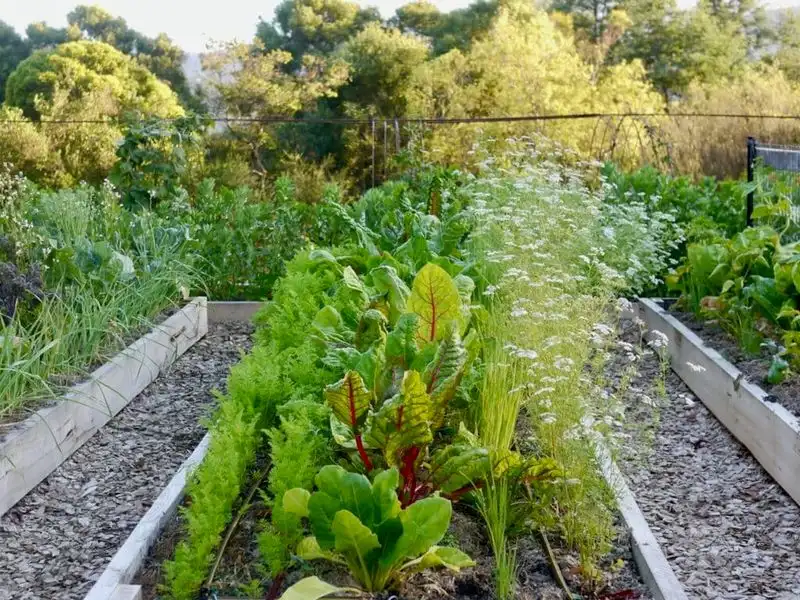
Certain plants, when grown together, benefit each other by enhancing growth or deterring pests. This is known as companion planting. The classic pairing of tomatoes with basil not only improves flavor but also repels insects. Marigolds add another layer of pest control. This method turns your garden into a supportive community of plants, where resources are shared and natural defenses are strengthened. Companion planting reduces chemical input and enhances biodiversity, making it a cornerstone practice in permaculture gardens. It’s like a plant neighborhood where everyone looks after each other.
Hugelkultur Beds

Hugelkultur beds are a permaculture favorite due to their self-sustaining nature. These raised beds are constructed by layering logs, branches, compost, and soil. As the wood decomposes, it releases nutrients and retains moisture, significantly reducing the need for watering. This innovative method is perfect for dry climates. Hugelkultur not only boosts soil fertility but also encourages beneficial organisms. The beds warm up faster in spring, which extends the growing season. By imitating forest floor processes, these beds offer a robust foundation for your plants.
Keyhole Gardens
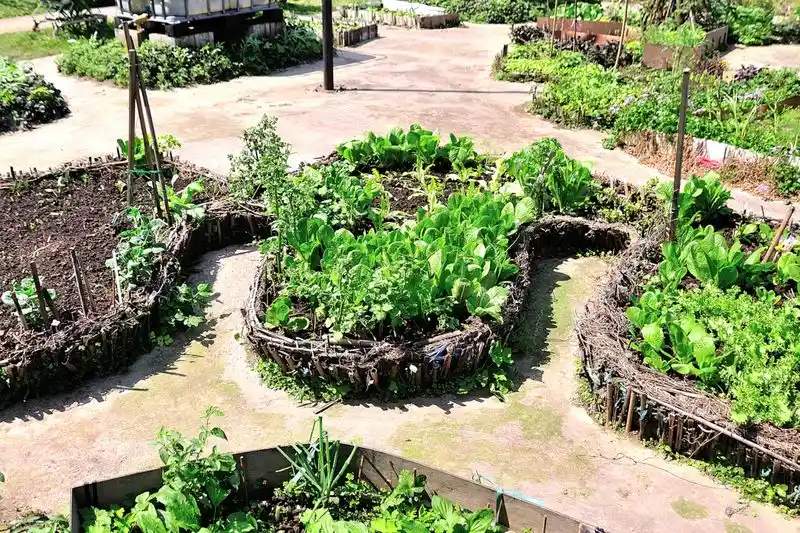
Keyhole gardens are a clever design that maximizes space and resources. Shaped like a keyhole, with a central compost basket, they allow for easy access and efficient nutrient distribution. The compost provides constant nourishment, enriching the soil throughout the year. This design is particularly beneficial in arid regions, as it conserves water and maintains soil structure. Vegetables and herbs flourish in this setup, making it a practical choice for small spaces. Keyhole gardens embody the permaculture principle of working with nature to create abundance.
Polyculture Systems
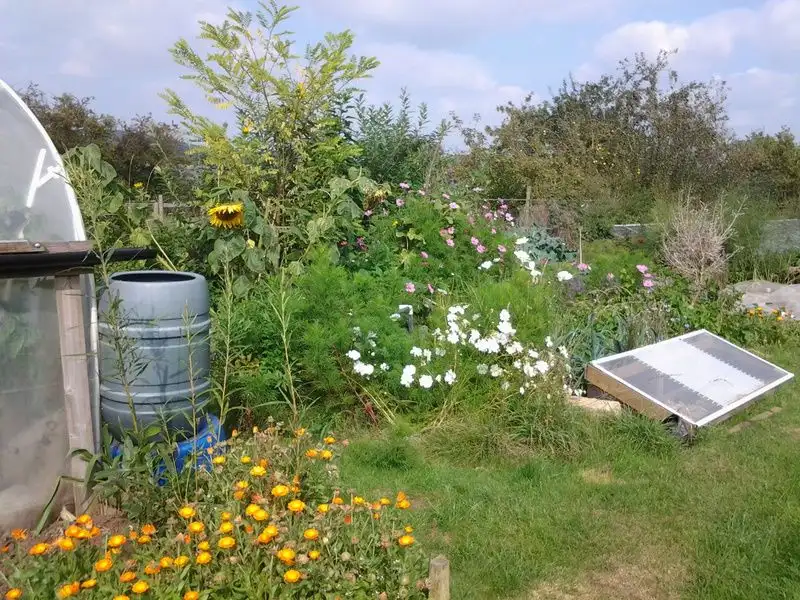
Polyculture systems embrace diversity by growing multiple species together. This approach mimics natural ecosystems, fostering resilience against pests and diseases. By interplanting fruit trees, vegetables, and flowers, you create a dynamic environment. Each plant supports the others, enhancing growth and reducing competition. This system promotes soil health, boosts pollination, and increases yield through natural synergy. Polyculture stands in contrast to monoculture, offering a more sustainable and self-sufficient gardening solution.
Swales and Water Management

Swales are shallow, water-harvesting ditches that follow the land’s contour. They’re designed to capture rainwater, allowing it to infiltrate the soil slowly. This technique reduces erosion and ensures a steady supply of moisture, even in dry spells. Planting along swales encourages growth and stabilizes the soil. Effective water management is crucial in permaculture, transforming landscapes into drought-resistant systems. Swales are not just functional; they integrate beautifully into the garden, making water conservation an artistic endeavor.
Forest Gardens
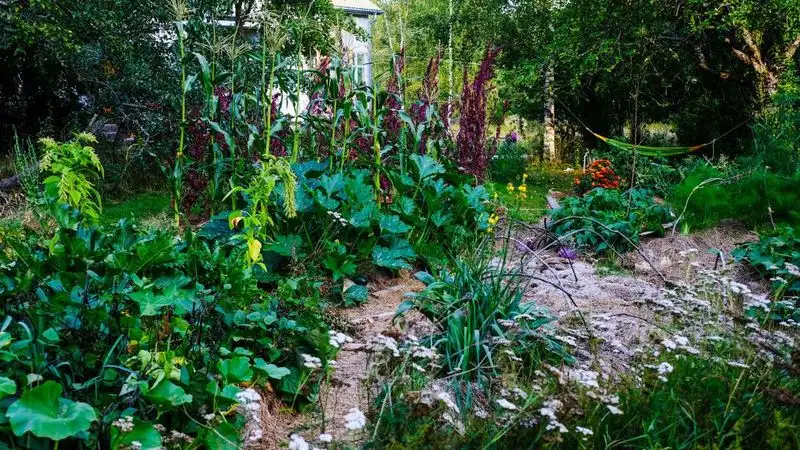
Forest gardens replicate natural woodland environments by layering plants vertically. This method uses tall trees, shrubs, and ground cover to create a productive ecosystem. Each layer supports the others, optimizing space and resources. Fruit and nut trees form the canopy, while berries, herbs, and vegetables occupy lower layers. This design maximizes biodiversity and resilience. It offers a sustainable way to produce food with minimal intervention. Forest gardens are living examples of permaculture’s guiding principles, where every layer plays a vital role.
Composting Techniques
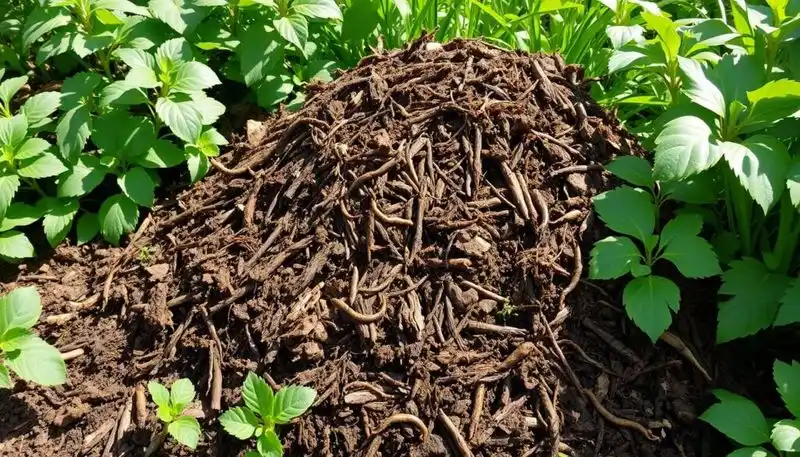
Composting transforms kitchen waste into garden gold. By decomposing organic material, you recycle nutrients back into the soil, enhancing its structure and fertility. Various techniques, such as hot composting, vermicomposting, or bokashi, cater to different needs and climates. The process reduces landfill waste and enriches the garden ecosystem. A well-tended compost pile is alive with microorganisms, a testament to nature’s recycling prowess. It’s an essential practice in permaculture, turning waste into a valuable resource for sustainable gardening.
Pest Management Naturally
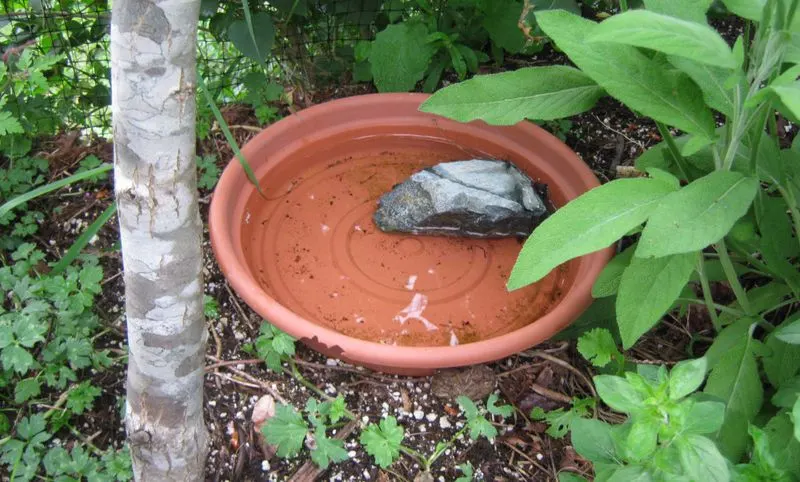
Embracing nature’s own solutions, natural pest management is a permaculture mainstay. Predatory insects like ladybugs play a crucial role in controlling pests without chemicals. Encouraging a habitat for these beneficial organisms keeps the ecosystem in balance. Planting flowers that attract predators or repelling pests with specific plants like garlic offers effective control. This approach protects the garden’s biodiversity and ensures a healthy environment. It reduces dependency on harmful pesticides, promoting a safer, more sustainable garden. Natural pest management exemplifies working with, not against, nature.
Renewable Energy Integration
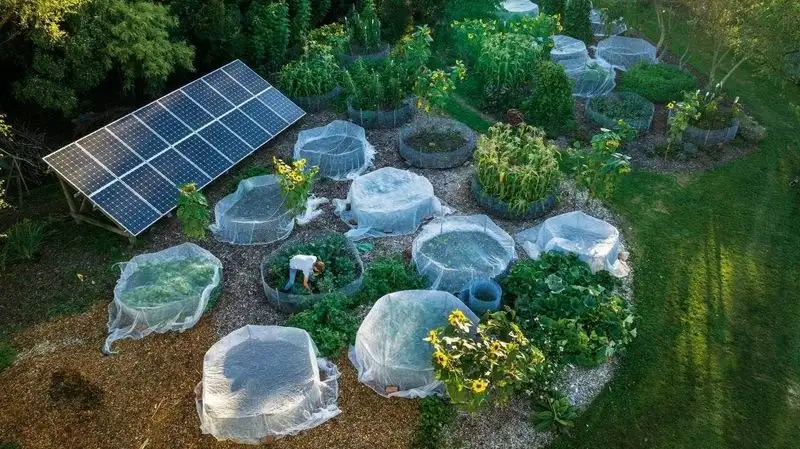
Incorporating renewable energy into garden design complements permaculture principles. Solar panels, for instance, can power water features, lighting, or small appliances, reducing reliance on fossil fuels. This integration not only cuts energy costs but also minimizes environmental impact. Wind turbines and micro-hydro setups are additional options for generating power sustainably. By harnessing natural energy sources, gardens can become self-sufficient, reducing their carbon footprint. Renewable energy in gardening aligns with a holistic approach, ensuring that sustainability extends beyond planting practices.

